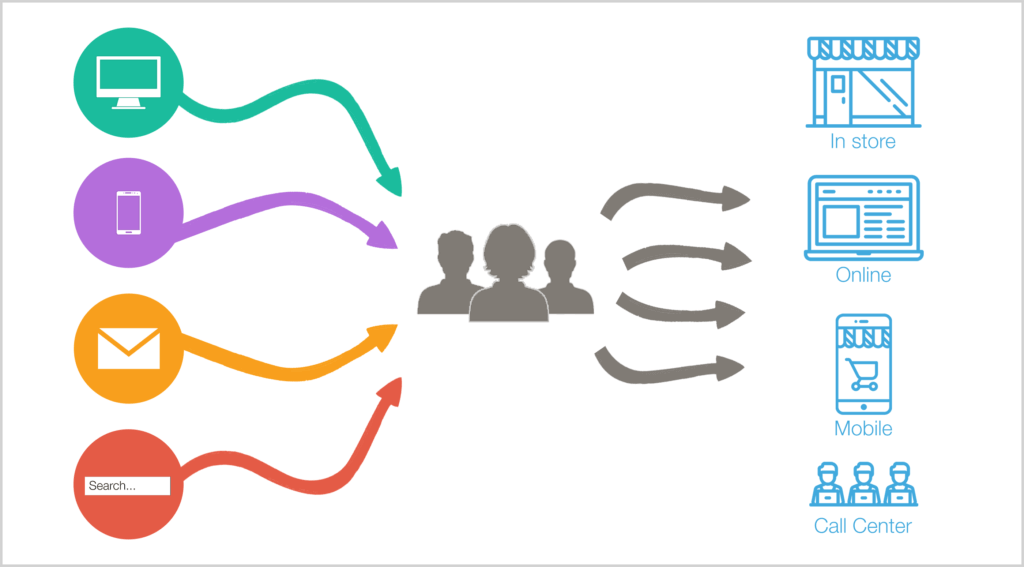
In our last blog article about attribution models and the user journey, we discussed the different types of attribution models and their main characteristics.
We also dipped our toes on the shore of the user journey sea, and discovered that more complex products (or more expensive ones) tend to have a more complex and convoluted user journey.
Today I am back to unmask the secrets (or at least try to) of attribution model comparison, with some data from our very own clients for 2016. Here’s a look at how major attribution models differ, and which attribution model might be right for your hotel.
Some Background
In the past year, we’ve seen the rise of mobile as the main source of traffic for many of our clients.
However, conversions on mobile tend to lag a bit, as people are still reticent to input their credit card details on their mobile devices. This is something that could potentially be tackled with a cross device conversion approach.
But what happens when the user’s first interactions happen on mobile via a Display ad, or a paid search ad, and then the user moves to desktop and enters the website directly immediately before converting?
In this scenario, and under the assumption that Last Click Attribution model is in place, the conversion will be 100% attributed to Direct. In reality, though, there were other channels and possibly other devices involved in the process of convincing the user to make a purchase.
Even without considering Cross Device attribution, which is one of the most complex topics in the industry, there’s a way you as a hotel marketer can learn more about which channels drive the most amount of conversions to your website.
Let’s take a look:




